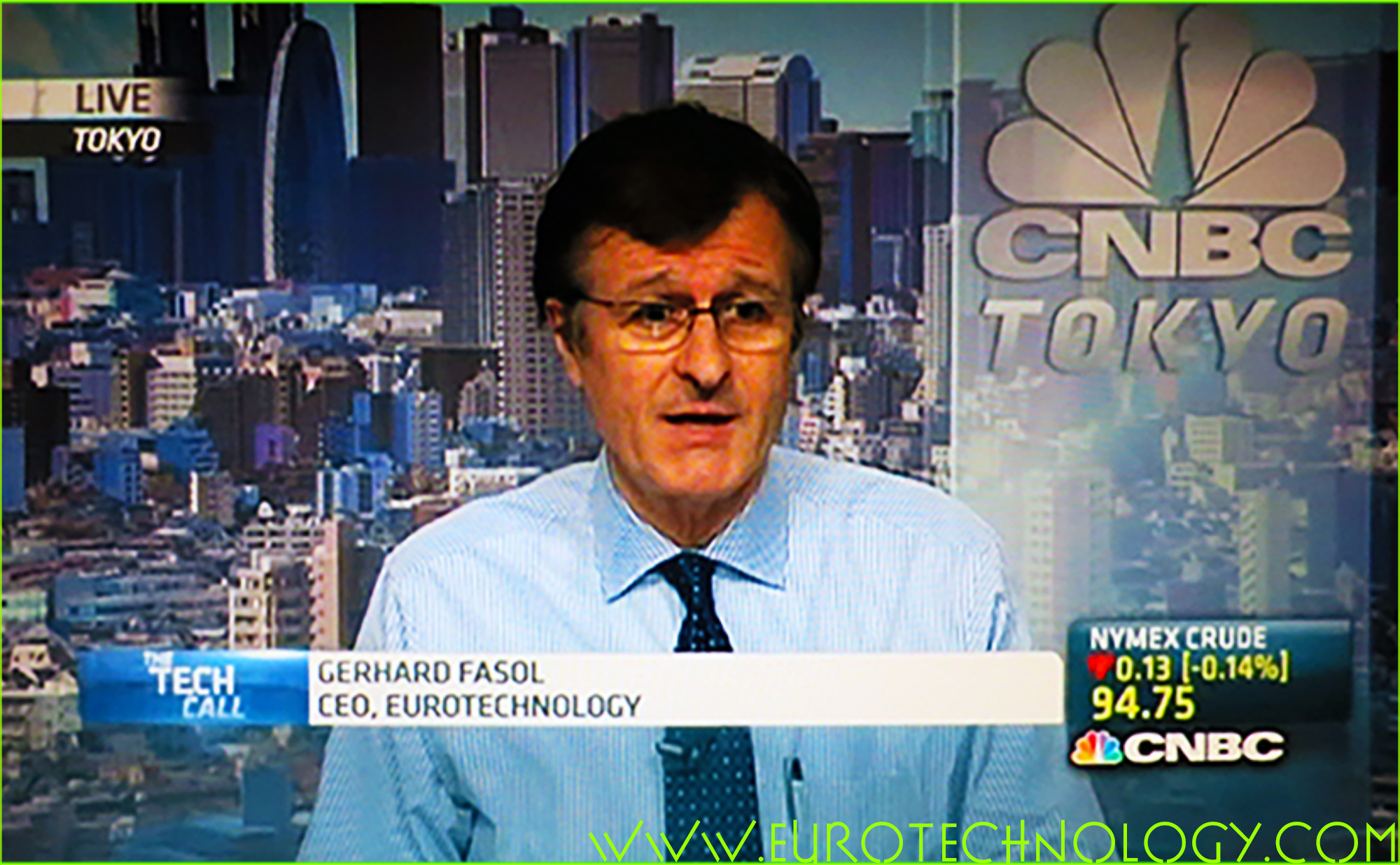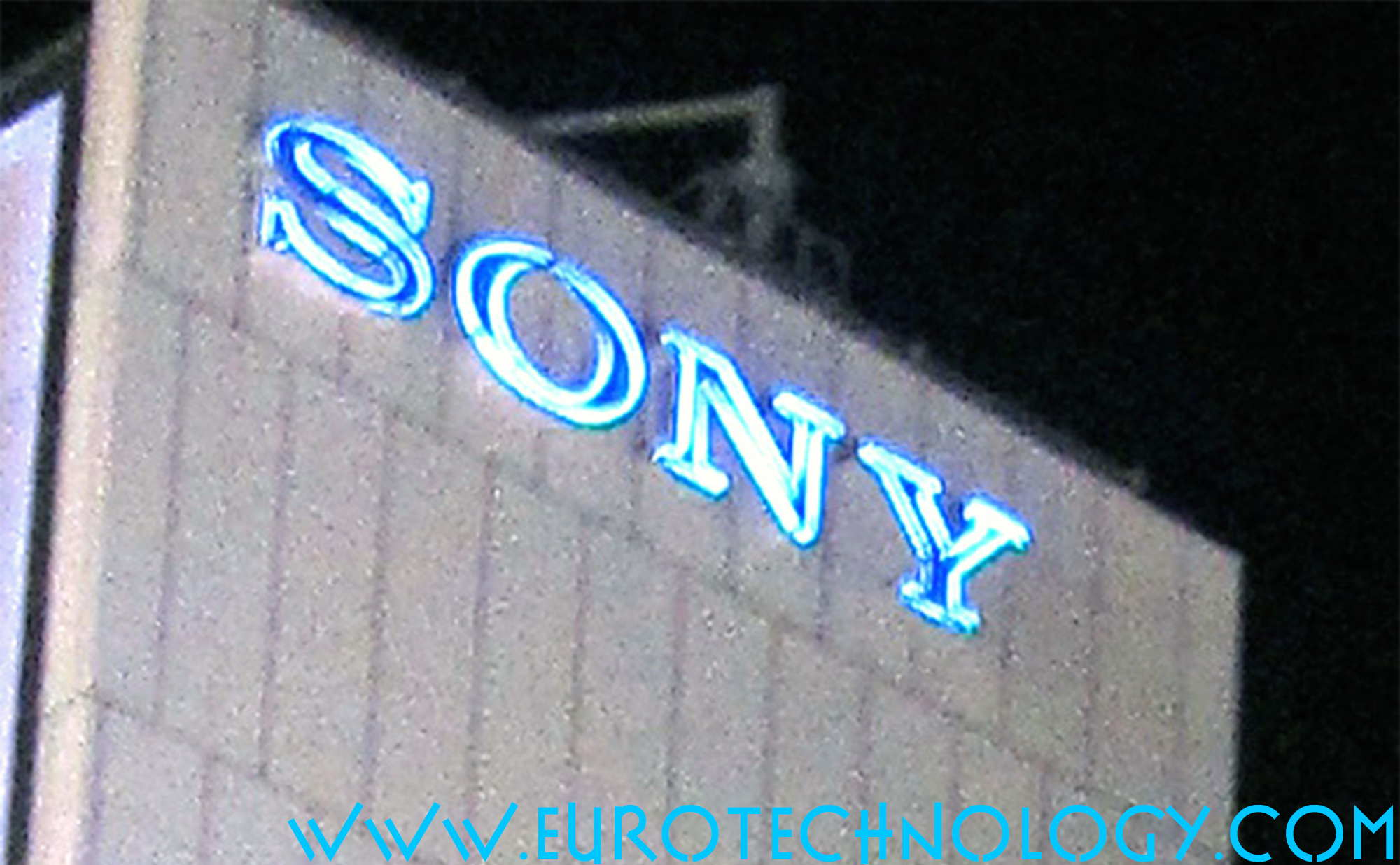Tag: SONY
-

Japan’s electronics conglomerates: Whats the difference between Apple/IBM vs Sony/Panasonic/NEC?
Why are Apple/IBM/Microsoft/Google so very different compared to SONY/Panasonic/NEC Need for corporate governance reforms in Japan My friend’s question: Why are Apple/IBM/Microsoft/Google so very different compared to SONY/Panasonic/NEC Gerhard Fasol’s answer: Profit and growth. Apple and IBM grow and are highly profitable. Sony, Panosonic and NEC have no growth and no profit for 15 years…
-
BBC interview about SONY earning results
Helped BBC with the article “Sony earnings boosted by weak yen and smartphone sales“
-
SONY (manuscript invited by BBC, preparation for interview)
Games are 11% of SONY‘s sales – and currently 56% of SONY’s profits come from selling life insurance, consumer loans and financial products in Japan. Games are important, but are not going to make or break SONY at this time. Technical specs of the next Playstation need to be fantastic. Specs alone however have not…
-

More Drastic Changes Needed at Sony (CNBC TV interview)
More Drastic Changes Needed at Sony (Airtime: Thursday, May 14, 2009) Read more about SONY and Japan’s electrical industry sector in our J-ELECTRIC report (pdf file) Read more about SONY and Japan’s electrical industry sector: http://www.eurotechnology.com/store/j_electric/ Copyright (c) 2013 Eurotechnology Japan KK All Rights Reserved
-
BBC world TV interview about wallet phones
Read our CEO’s interview on BBC World TV about FeliCa wallet phones. Watch the movie of the interview:Windows Media Player – Bandwith = Low|Medium|HighReal Player – Bandwith = Low|Medium|High Read our report Mobile payments in Japan. Copyright·©2013 ·Eurotechnology Japan KK·All Rights Reserved·
-
SonyEricsson design team presentation & discussion
The SonyEricsson mobile phone design team gave a very impressive presentation of their work at the Swedish Embassy yesterday. Here is Art Director Mr Kawagoi, who created the famous SonyEricsson logo, explaining the messages contained in his creation: Here Swedish Managers of the SonyEricsson Creative Design Center from Lund/Sweden: My conclusion: expect a lot more…
-

Masaru Ibuka (1908-1997), founder of SONY, obituary for NATURE
Masaru Ibuka obituary in NATURE by Gerhard Fasol Masaru Ibuka (1908-1997), founder of SONY After Masaru Ibuka (井深大) died on December 19, 1997, NATURE asked me to write an obituary about Masaru Ibuka, which was published in Nature on February 26, 1998, and you can download the article as a pdf-file here. The reference is:…
